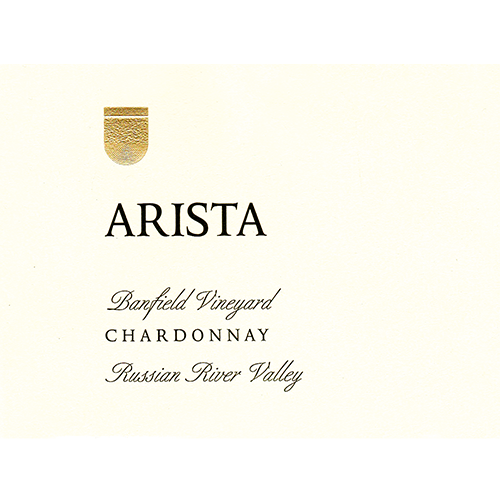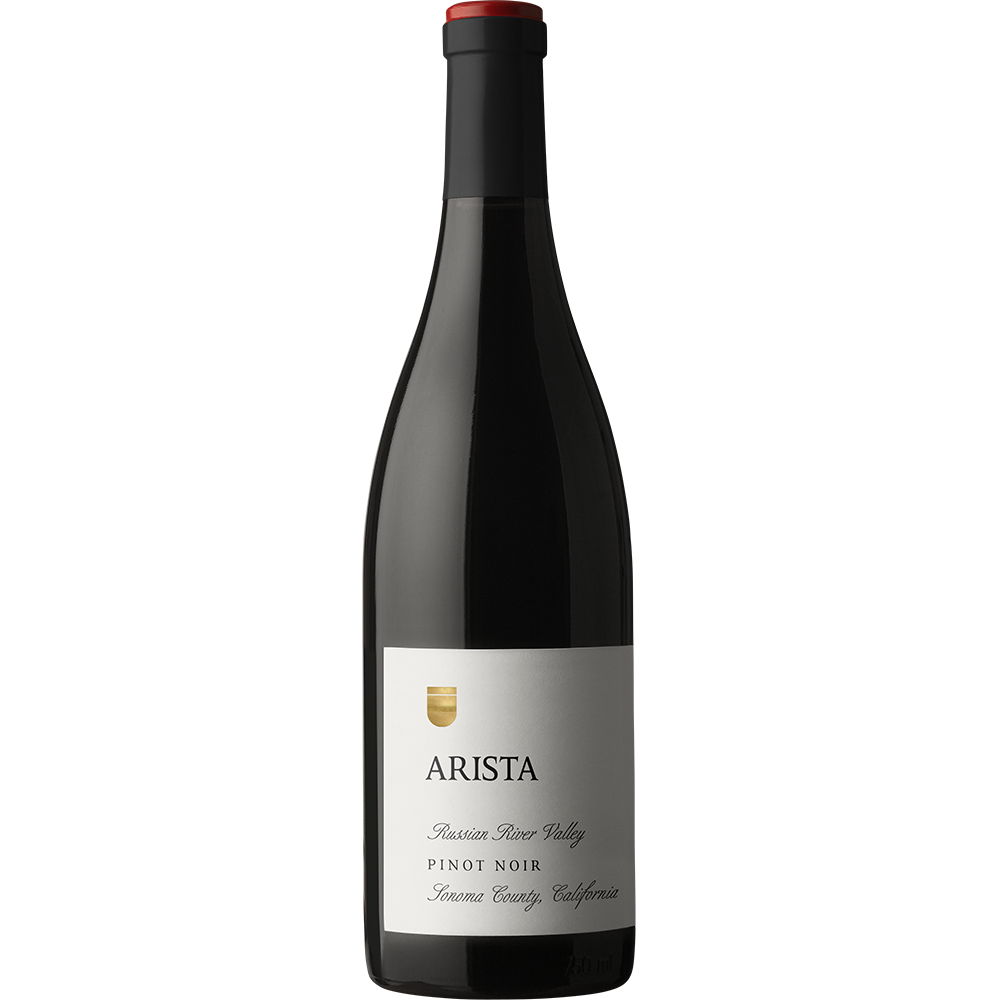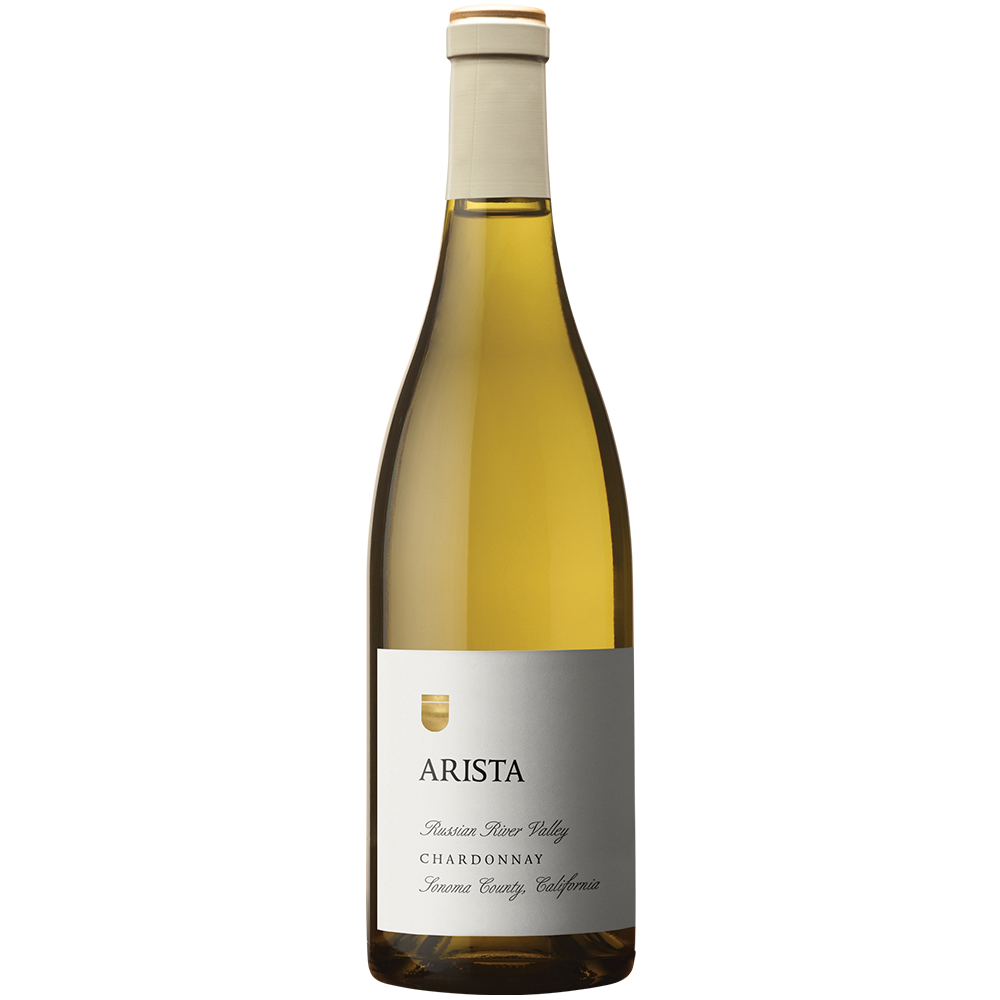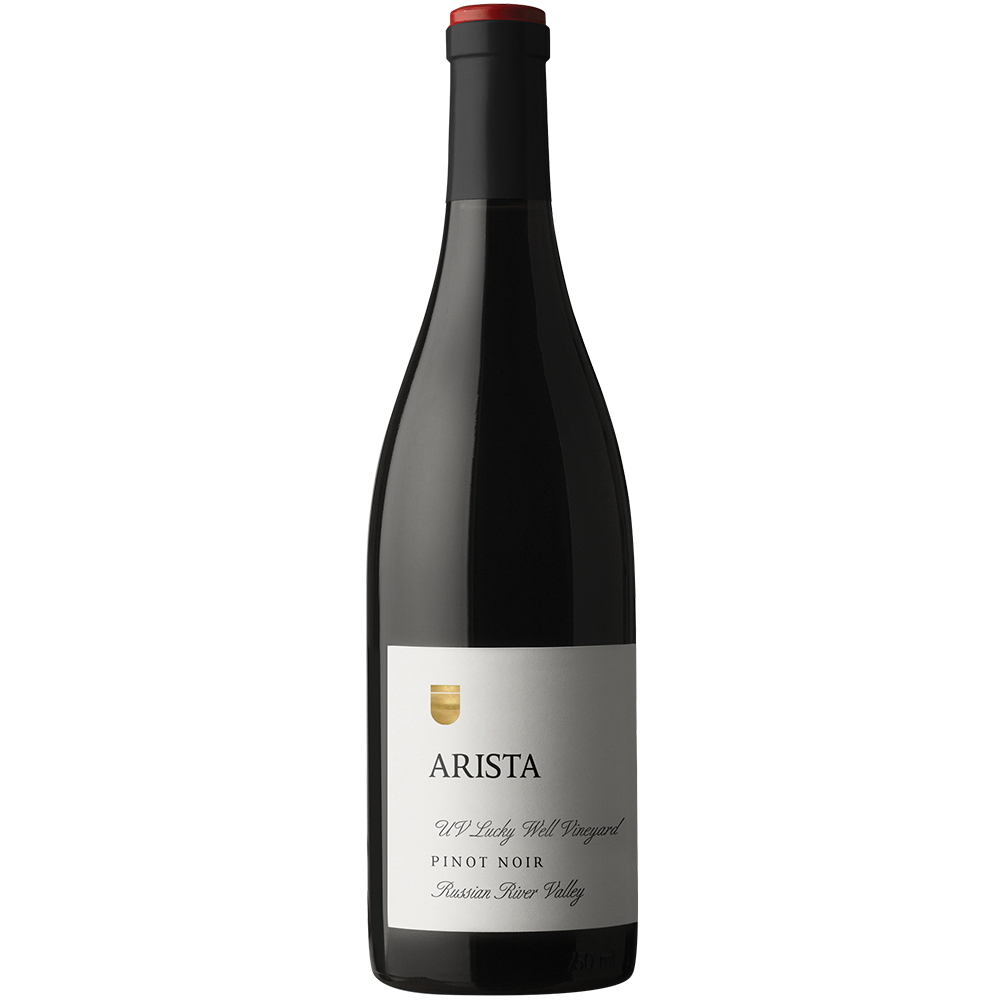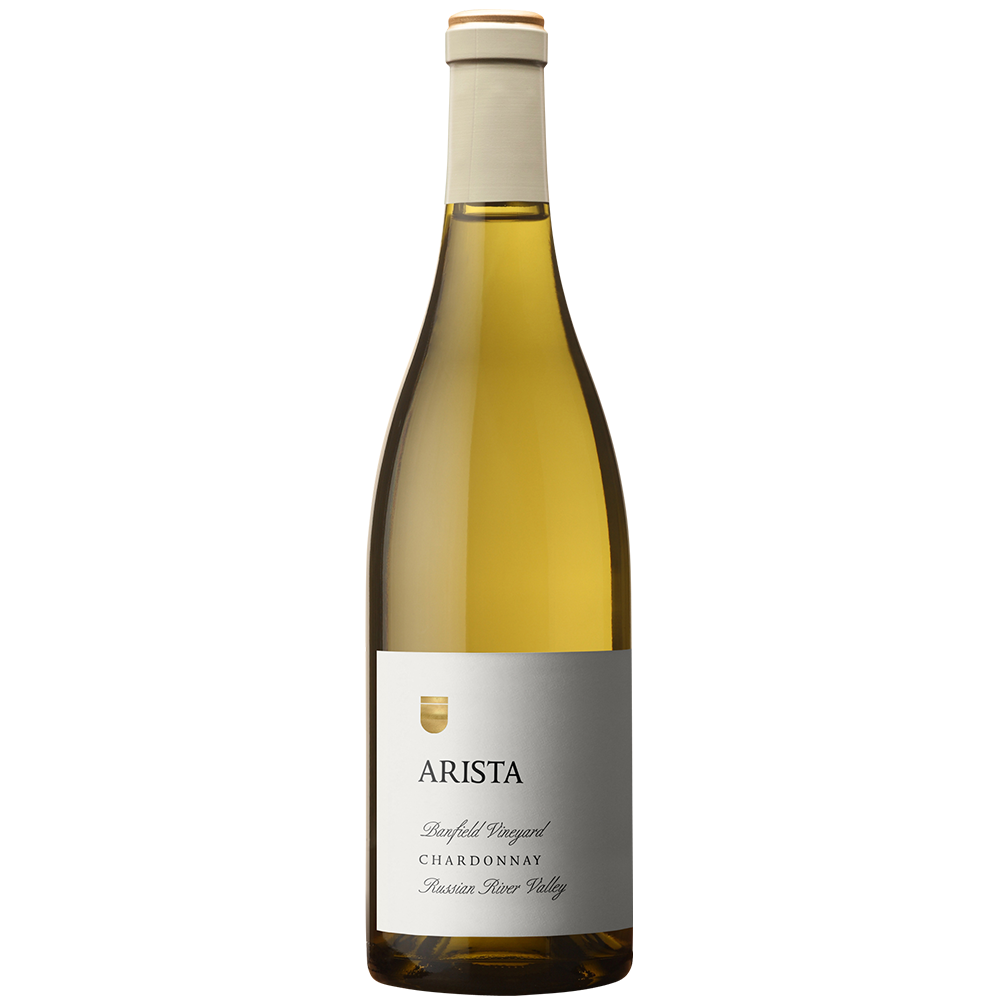
Arista Winery
Chardonnay Banfield Vineyard Russian River Valley
The Banfield Vineyard Chardonnay comes from the northern edge of the Green Valley, a sub-appellation of the Russian River Valley. The location of this vineyard is ideal for growing Chardonnay due to the cooling influence of coastal fog. This dry farmed vineyard was planted in 1980 to the Wente Selection of Chardonnay. From perhaps the coldest reaches of the Russian River AVA, this wine demonstrates a singular nerve and precision.
The Banfield Vineyard Chardonnay comes from the northern edge of the Green Valley, a sub-appellation of the Russian River Valley. The location of this vineyard is ideal for growing Chardonnay due to the cooling influence of coastal fog. This dry farmed vineyard was planted in 1980 to the Wente Selection of Chardonnay, a highly prized selection of Chardonnay know for its small, loose clusters and intensely flavored grapes. The 30+ year old vines are rare in the Russian River Valley and produce lower yields per acre. What’s lost in tonnage is more than compensated for in flavor and quality as is evidenced through the wines produced year after year. The combination of site and vine age represent a truly unique and distinct vineyard that we are proud to work with.
- Region
- California: Russian River Valley
- Appellation
- Russian River Valley
- Varietal Composition
- Chardonnay
- Aging
- Aged in barrel followed by 4-6 months in stainless steel.
- Alcohol
- 14.3%
Classic Banfield notes of candied citrus and caramelized sugar are present in abundance. As the wine opens up, more exotic elements of kiwi and grilled pineapple become apparent. A citrus-inflected minerality gives the finish a tangy lift and keeps things lively and balanced.
Vinous
93 Points
2022
"Candied lemon peel, white flowers, mint and tangerine peel all build nicely as Arista's 2022 Chardonnay Banfield Vineyard opens in the glass. Medium in body, with fine energy and plenty of translucence, the Banfield is an absolute delight. It is one of the classiest wines in this range."
— Antonio Galloni, 2025
Wine Spectator
93 Points
2022
"Salted toffee, candied ginger and marmalade notes are plump and generous up front, showing plenty of grace and polish on a juicy frame, accented by fresh citrus zest, orange sherbet and salted buttery shortbread. Ends with a long, impressive finish."
— MaryAnn Worobiec, 2025
